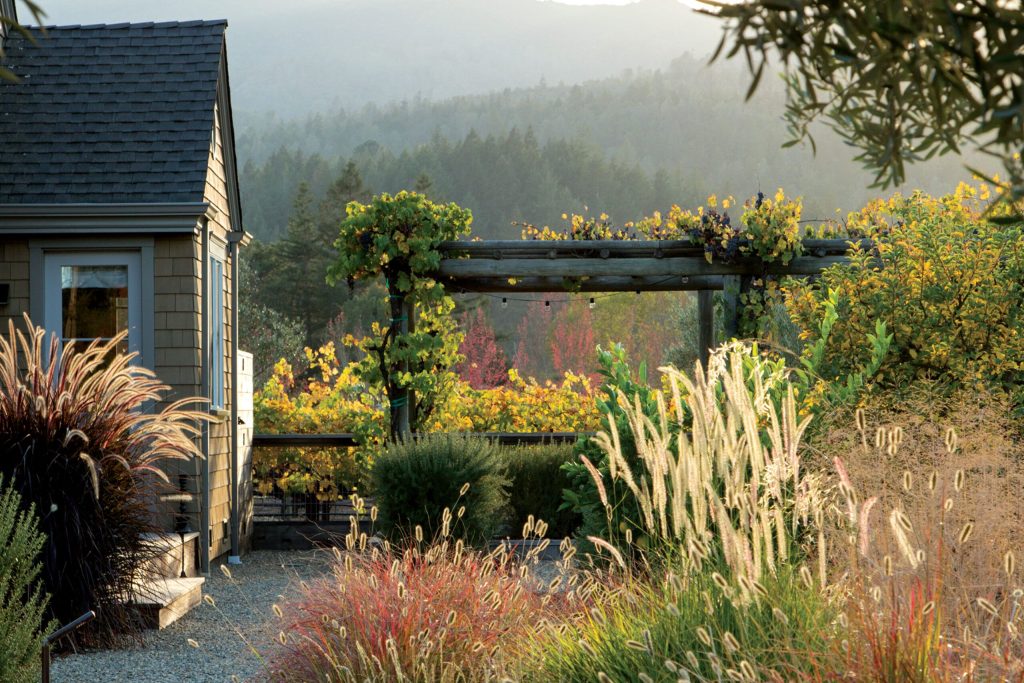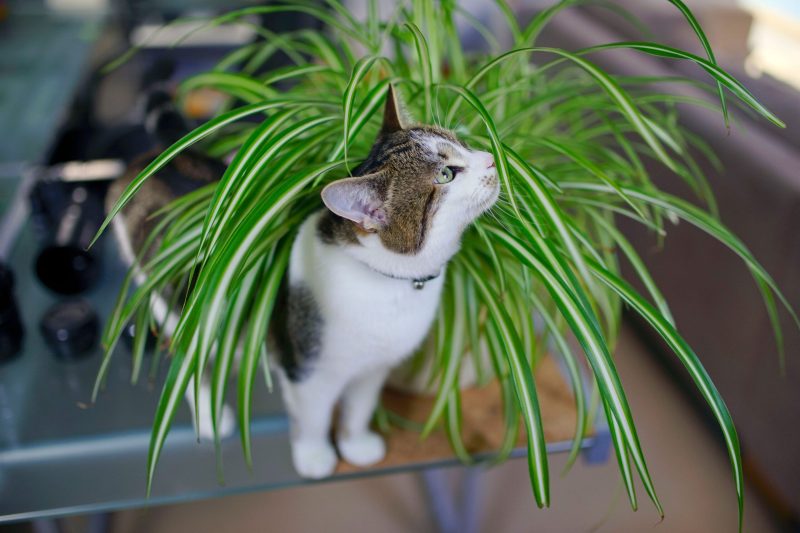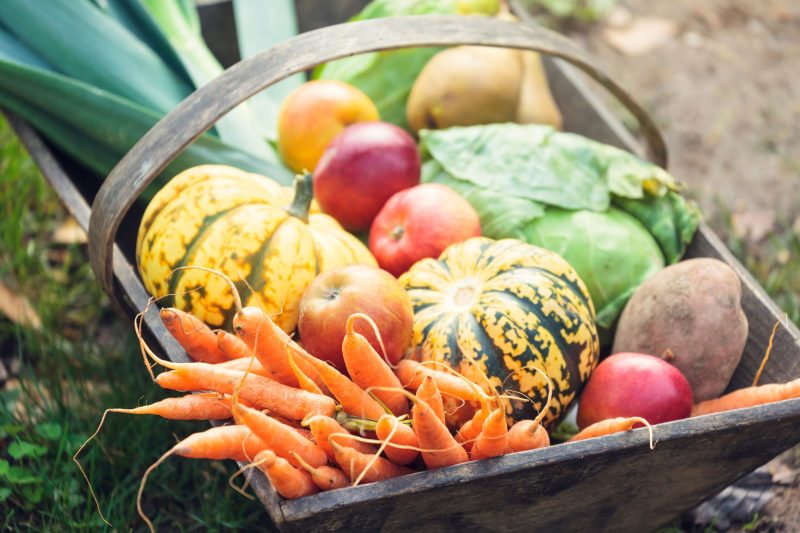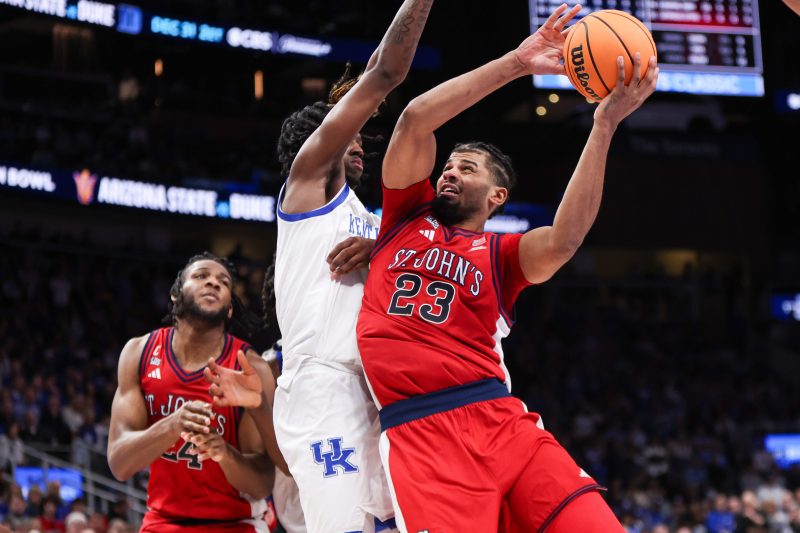Ornamental Grasses for Every Size Garden

Fall is the time when ornamental grass shines, blooming on upright or arching stems that catch the breeze and bringing a new textural element to the whole landscape. While they can be used as accents to punctuate mixed perennial plantings, they’re showy enough to be the star of the show, too, especially when planted in masses.
“With their varied forms and textures, ornamental grasses can be a great addition to many landscapes,” says This Old House landscape contractor Jenn Nawada. “They generally require very little maintenance and are naturally deer resistant. And while most thrive in full sun, there are some that can brighten a shade garden, too.”
Ornamental Grass 101: What You Need to Know
Most shade-loving grasses are known as cool-season types; in northern climates, these emerge in early spring and continue through the summer. More heat-tolerant warm-season grasses take off in summer, continuing to grow until a hard freeze. While ornamental grasses can still be planted in early fall, waiting till spring gives their root systems more time to fully develop before their first winter in the ground.
Caring for ornamental grass
The trouble is, in their nursery pots in spring, many look little like what they’ll eventually become. That makes now a good time to go to the garden center to check out grasses in their full splendor. Whether you plant in spring or fall, watering them regularly during the first season is key to helping them get established; beyond that, most grasses are relatively drought tolerant and don’t require regular fertilizing to thrive. In regions without lots of heavy snow, the dried foliage, flower stalks, and seed heads can be left in place over the winter for the birds to enjoy, and to add winter interest.
Nonevergreen varieties should be cut back when they begin to look ragged or in early spring before they begin to actively grow again to avoid cutting the tips of new growth. Cut the stems down to just 2 to 3 inches tall with sharp pruners, gathering them into small bunches for each cut.
Evergreen and semi-evergreen varieties need a bit of refreshing in early spring. Wearing a pair of thick rubber gloves, run your fingers through the foliage. Dead leaves will come away in your hands and can be composted. New blades will take their place.
Where to find ornamental grass
About a dozen species of ornamental grasses are easy to find in most garden centers, and of those, a handful of varieties are most popular. They are widely seen for good reason—these are spectacular selections of already proven plants. But plant breeders have been hard at work improving on even those well-established cultivars, yielding even more interesting varieties that make the palette of choices that much more varied and exciting.
Up ahead: a look at some of our favorite ornamental grasses, and how they can enhance gardens big and small.
Low Growing Grasses for Small Gardens and Containers
With many topping out at 2 feet tall, these plants work well at the front of borders and in pots.
Japanese forest grass (Hakonechloa macra and cvs.)
Plant profile: The most ornamental grass for shady gardens, Japanese forest grass forms tumbling rivers of long blades that, in the most ubiquitous cultivar, ‘Aureola,’ are golden yellow striped with green. Slow to establish, it’s worth every bit of patience as it settles in and slowly spreads. Unlike most grasses, its flowers are barely noticeable. The newest cultivar, ‘Naomi’ (shown), turns vivid shades of red-purple in fall, which intensify as the weather gets colder.
How it grows: Up to 18″ tall and 24″ wide in part to full shade and moist, well-drained soil; zones 5–9. Blooms in midsummer.
Blue fescue (Festuca glauca and CVS.)
Plant profile: This grass forms small, tidy tufts of fine, silver-blue, semi-evergreen foliage that are fun to dot around a garden or use in containers. In midsummer, they shoot up stems of pale-green-to-buff flowers. ‘Elijah Blue’ is a very blue variety that can take a bit more heat than the straight species. ‘Blue Whiskers’ (shown) is taller, more vigorous, and even brighter. A cool-season grass, it may decline in summer heat. It must be divided or replaced every two to three years.
How it grows: Up to 12″ tall and 28″ wide in full sun to part shade and well-drained soil; zones 4–11. Blooms in midsummer.
Tufted hair grass (Deschampsia cespitosa and CVS.)
Plant profile: Unlike most ornamental grasses, semi-evergreen hair grass prefers some shade and consistently moist conditions, especially in warmer zones. A North American native often found in meadows, woodlands, and wetlands, it forms dense tussocks of fine-textured foliage. Its flowers appear on tall stalks above the foliage; while the common variety’s flowers and seed heads are a subtle light green, those of ‘Goldtau’ (shown) mature to golden yellow, forming a shimmering cloud.
How it grows: Up to 36″ tall and 24″ wide in full sun to part shade and moist soil; zones 4–9. Blooms in early summer.
Fountain grass (Pennisetum alopecuroides and CVS.)
Plant profile: Fountain grass’s medium-green foliage is neat and tidy all summer until it’s topped with the bottlebrush blooms that make the grasses stand out. Low-growing Lumen Gold (shown) is stunning from the first spring blades in shades of bright lemon yellow to lime green that glow in a garden bed, and offer wonderful contrast to dark-leaved perennials and vivid flowers. Its 2-foot-tall pale-green-to-beige blooms are a wonderful bonus. Its fall foliage can take on hues of gold and orange. Note: Because fountain grasses are considered invasive in some areas of the United States, consult your local extension service before planting.
How it grows: From 12″ up to 48″ tall and wide in full sun to part shade and moist, well-drained soil; zones 4–9. Blooms midsummer to fall.
Midsize Grasses for All-Purpose Beauty
With blooms 3 to 5 feet tall, these versatile plants complement similar-size perennials.
Prairie dropseed (Sporobolus heterolepis and CVS.)
Plant profile: A fine-textured grass native to the central and Midwestern states and parts of the Northeast, it forms dense, arching mounds of almost hair-like blades. Tall, fine stalks rise well above the foliage, sporting floating, fragrant, delicate pinkish-tan flowers. The foliage gains copper and buff hues in fall and winter. ‘Tara’ (shown) is a dwarf cultivar that grows slightly shorter and more upright, in a vase shape, with a vivid orange-red fall color for a slightly more refined look.
How it grows: Up to 3′ tall and wide in full sun and dry-to-average, well-drained soil; zones 3–9. Blooms mid-to-late summer.
Upland switchgrass (Panicum virgatum and cvs.)
Plant profile: This vigorous native grass forms narrow, upright clumps of tidy foliage topped with flower spikes and small seed heads that, in popular cultivars like ‘Heavy Metal’ and ‘Dallas Blues,’ are almost as steel blue as the foliage. The cultivar ‘Purple Tears’ (shown) forms light-green foliage, smoky-gray flower spikes, and purple seed heads that shimmer in late-summer sunlight and provide a feast for small birds. It tolerates some shade, and its fall foliage can be tinged with red-orange.
How it grows: Up to 5′ tall and 2′ wide in full sun and moist-to-wet, well-drained soil; zones 4–10. Blooms midsummer to early fall.
Little bluestem (Schizachyrium scoparium and cvs.)
Plant profile: Little bluestem is a staple of the American prairie, forming stiff, upright clumps of blue-green foliage that are colorful all season long, blooming with spikes of reddish bronze that give way to tawny seed heads. As the fall season progresses, the plants turn shades of copper. ‘The Blues’ is a deeper-blue cultivar that gains purple and mahogany colors in fall. Newer ‘Ha Ha Tonka’ (shown) has blades covered in dense white hairs, making the plant look like it is kissed with frost.
How it grows: Up to 4′ tall and 3′ wide in full sun and well-drained soil; zones 3–10. Blooms in early fall.
Muhly grass (Muhlenbergia capillaris and cvs.)
Plant profile: Muhly grasses, native to North America, are famous for their late-summer flowers that form billowing, transparent, misty-pink clouds of color. They are a magical sight when basking in late-summer sunlight. ‘White Cloud’ (shown) is a rare departure from the straight species, growing more upright and taller and blooming a little later in the season in shades of milky white. It glows in the moonlight, making it a perfect addition to a large-scale patio planting. It looks best planted in large masses and is quite drought-tolerant.
How it grows: Up to 4′ tall and 3′ wide in full sun and well-drained soil; zones 6–10. Blooms in early to late fall.
Jumbo grasses for big impact and screening
With blooms 5 to 7 feet tall, these add drama in large landscapes and privacy in smaller ones.
Big bluestem (Andropogon gerardii and cvs.)
Plant profile: Native to the Great Plains and central prairies, big bluestem is tall, sturdy, and adaptable to home gardens. It’s great for screening, with blue-green spring foliage that gains tones of purple and red in fall. ‘Blackhawks’ (shown) is an exciting cultivar whose foliage emerges deep green, gains tinges of red-bronze, and darkens to deep purple to near black in fall, with reddish-purple flower spikes. It’s shorter and more upright than the straight species and adds great contrast in most gardens’ sea of green.
How it grows: Up to 7′ tall and 3′ wide in full sun and any well-drained soil; zones 3–9. Blooms in midsummer.
Feather reed grass (Calamagrostis x acutiflora and cvs.)
Plant profile: The ever-popular ‘Karl Foerster’ is prized for its thick, dense columns of upright flower stalks, which emerge as green stems topped with pinkish blooms that quickly turn pale yellow to buff, persisting all summer and into fall. ‘Avalanche’ (shown), a newer cultivar, brings the foliage color into focus, with white variegation that makes the entire plant light up and silvery flower stems that enhance the effect even more. This new cultivar mixes beautifully with flowering perennials.
How it grows: Up to 6′ tall and 2′ wide in full sun and moist, well-drained soil; zones 4–8. Blooms in late spring.
Maiden grass (Miscanthus sinensis and cvs.)
Plant profile: Silvery ‘Morning Light’ and ‘Gracillimus’ are well-loved cultivars for their graceful, upright fountains of thin blades. While all maiden grasses have tall blooms that are standouts, ‘Fire Dragon’ (shown) takes autumn interest further, with vivid red, orange, and burgundy foliage. Blooming with silvery-white tassels, it adds a fire-and-smoke effect to the landscape. Note: Because maiden grasses are considered invasive in some areas of the United States, consult your local extension service before planting.
How it grows: Up to 7′ tall and 4′ wide in full sun and well-drained soil; zones 4–9. Blooms in late summer to early fall.
“Most grasses need to be divided every four to five years to thrive. One sign that it’s time: The center of the clump begins to die out. You can divide the grass in the spring, early summer, or fall. Prune it back to 2 to 3 inches, dig up the entire clump, and divide it into multiple chunks. Replant the divisions with the appropriate spacing, and they’ll quickly fill in.”
– Jenn Nawada, Landscape Contractor







